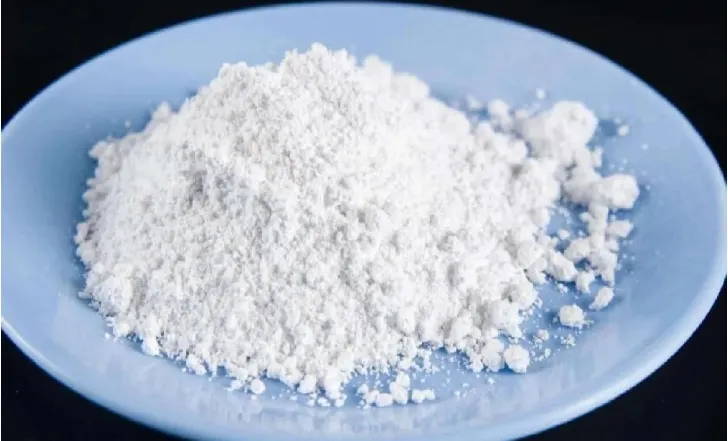Calcium carbonate powder surface modification alters surface or interface using physical, chemical, or mechanical methods. It purposefully changes the powder’s surface physical and chemical properties. These include surface energy, wettability, electrical properties, adsorption, and reactivity. It also affects surface structure and functional groups. This meets the needs of modern materials, processes, and technologies.
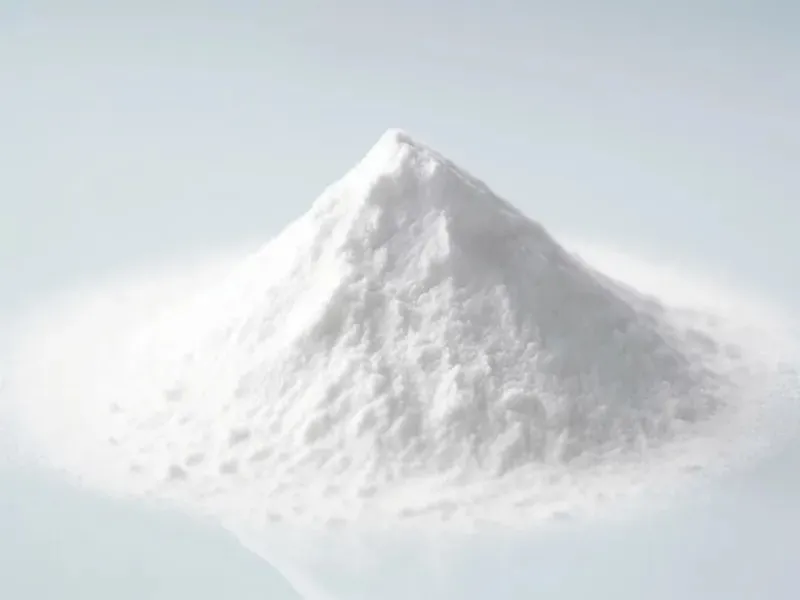
The role of calcium carbonate powder surface modification
Calcium carbonate particles have high surface energy and strong hydrophilicity. They disperse poorly in organic polymers. Agglomeration often occurs, affecting product performance. Therefore, surface treatment of calcium carbonate is necessary.
Surface-modified calcium carbonate reduces surface energy and improves wettability. It enhances dispersion and prevents agglomeration in polymer materials. For example, amphiphilic-modified heavy calcium carbonate has low oil absorption. It shows good compatibility with organic material systems. It facilitates processing dispersion and improves physical-mechanical properties. In soft plastic processing, it increases free plasticizer content. This relatively reduces plasticizer usage and lowers product costs.
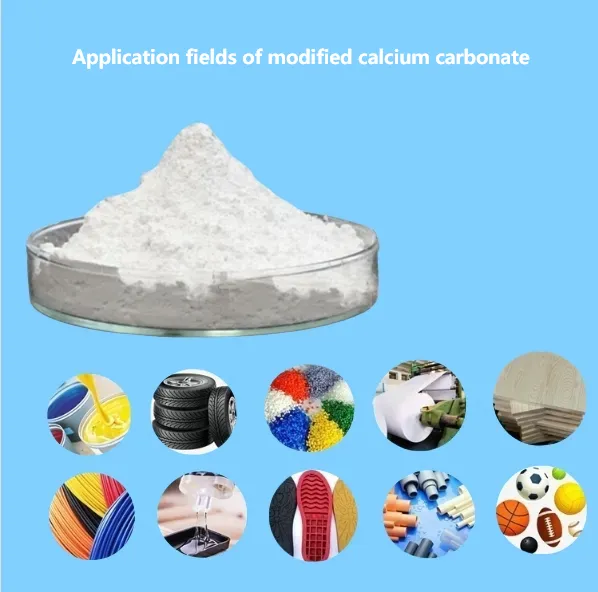
Calcium carbonate powder surface modification process
According to different processes, modification can be dry, wet, or in-situ. Each method produces products with different properties and applications.
Dry modification
Dry modification is a physical process. Calcium carbonate and surfactant are mixed in a modifier at high speed. The modifier attaches to the surface via van der Waals or physical forces. A hydrophobic layer forms on the calcium carbonate surface. The final product is surface-modified calcium carbonate.
The dry modification process is simple and easy to operate. It is suitable when using coupling agents as modifiers. However, it has poor modification efficiency and high labor intensity. It also causes serious pollution. Dry modification is not suitable for large-scale production. It is mainly used for small-scale or lab research. Currently, dry modification is rarely used in China for calcium carbonate.
Wet modification
In wet modification, surfactant is added to calcium carbonate slurry. The modifier contacts the surface under stirring. After surface treatment and drying, modified calcium carbonate is obtained.
Compared to dry method, modifiers in wet modification disperse as ions in slurry. This increases contact with the surface and improves modification efficiency. However, the wet process is more complex. Many factors affect product performance. The preparation method still needs further improvement.
In situ modification
In-situ modification combines calcium carbonate preparation and modification in one step. Surfactants are added before precipitation begins. As time passes, preparation and modification occur simultaneously. Surfactants bond well with particle surfaces during this process. They also regulate nucleation and growth of calcium carbonate. This helps control particle size effectively.
In-situ modification is an optimized version of wet modification. It synchronizes preparation and surface treatment. Compared to wet modification, it shortens the production cycle. By adjusting modifier timing, diverse calcium carbonate products can be made.
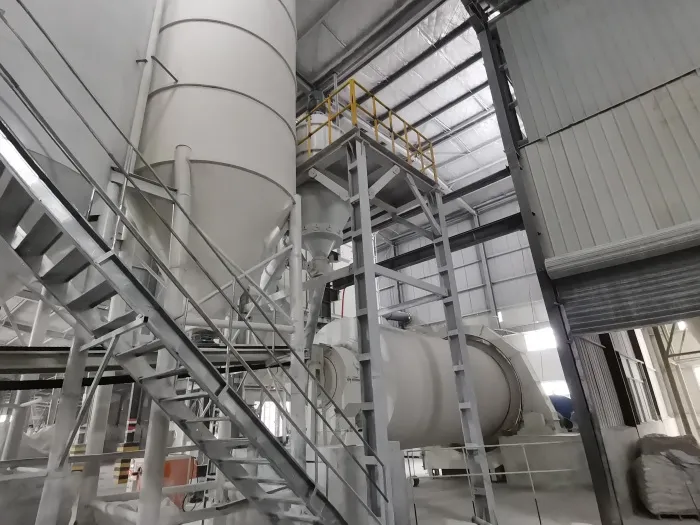
Calcium carbonate surface modifier
Calcium carbonate powder, as a versatile “all-purpose material,” has a wide range of surface modification applications. Many substances can be used as surface modifiers. The types of modifiers vary depending on the product’s application.
Common modifiers include:
- Amine-based polyol esters
- Non-ionic surfactants
- Silica-based compounds
- Titanium-based compounds
- Amine-based compounds
- Phosphorus-based compounds
- Aluminum and zirconium-aluminum compounds
These modifiers are mainly used in processing plastics, rubber, adhesives, thermosetting and thermoplastic composites, as well as paints and inks.
Calcium carbonate processing equipment selection
The selection of calcium carbonate processing equipment depends on factors such as particle size requirements, production capacity, and application needs. Common equipment includes ball mills, Raymond mills, and ultrafine grinding mills for fine and ultrafine powder production. Surface modification machines may also be required for functionalized products, such as three-roller coating machine, pin mill coating machine, turbo coating machine, cell mill coating machine. Energy efficiency, automation level, and cost-effectiveness should be considered when choosing the right machinery.
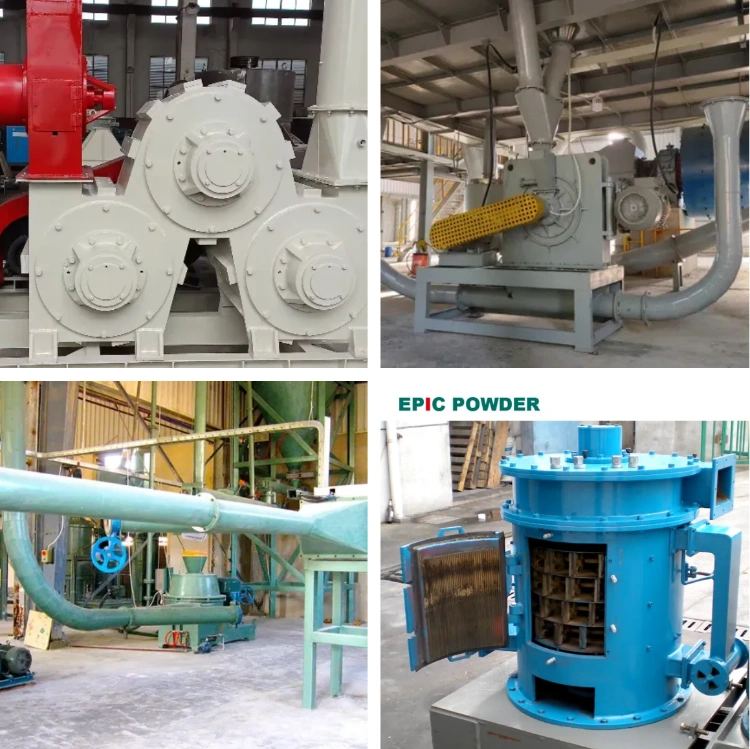
Epic powder
Epic Powder, 20+ years of work experience in the ultrafine powder industry. Actively promote the future development of ultra-fine powder, focusing on crushing,grinding,classifying and modification process of ultra-fine powder. Contact us for a free consultation and customized solutions! Our expert team is dedicated to providing high-quality products and services to maximize the value of your powder processing. Epic Powder—Your Trusted Powder Processing Expert !
